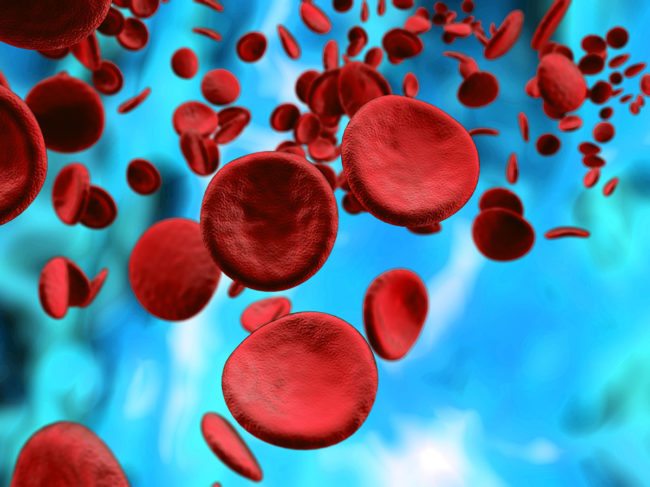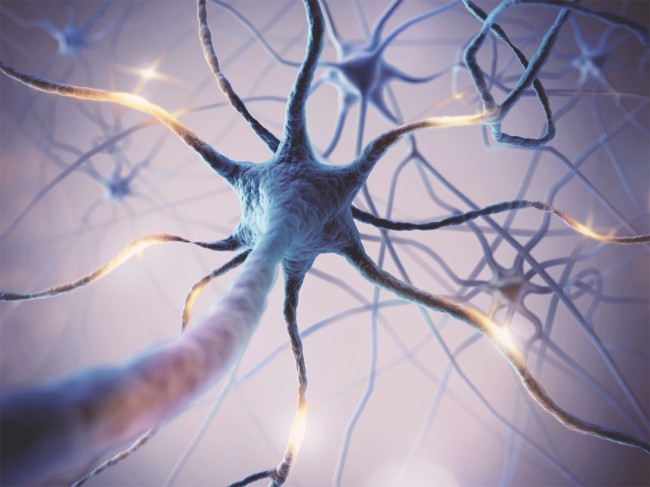
BioWorld Science
Neurology/psychiatric
First-in-class peptide successfully rescues several neurodegenerative phenotypes
Read MoreSubstance use & poisoning
Ignite Biomedical, Liquid Biosciences discover new biomarkers for substance use disorder
Read MoreNeurology/psychiatric






